2025 – CHW
A repaired pond at Robert’s Hill Farm.

Then to Thompsons Garden Centre and to Honnor & Jeffrey Garden Centre. Both had far less stock than usual and looked fairly tired with last years plants not having wintered well. The manager of Thompsons, who I know, said that they have had a terrible spring and early summer with turnover well down.Escallonia ‘Pink Elle’ a good thing.
2023 – CHWSo back to Ventnor Botanics after the huge press rumpus last year with the American owner who was trying to rewild it. I was told at the IoW show that a good lot of the weeds had gone and this turned out to be true. A lot of improvement but still loads to do. Yes, there have been new plantings (as we will see) but the Eucalyptus and Australlian/New Zealand end of the garden is now so overgrown that much of what was there has been smothered. Tree surgery on the periphery and bold moves to start the Callistemon/Melaleuca etc. collections once again as they were 30 years ago. Quite a few specimen and feature trees have died of drought in the last year and one or two oaks look bad which I fear is the aftermath of two very dry summers even by Ventnor standards. Only 1 Puya flower stalk that I saw this year and that was already over. The basic problem is still labelling. This is a botanic garden and therefore should have a duty to educate visitors. Not a hint of any new labelling. We all know how difficult it is to label a long herbaceous border as it grows but why not a chart with the correct names so people could work out what was what for themselves? Lanhydrock garden do this well in their excellent herbaceous section. So easy with mobile phones to then take away the proper name and educate! There are more plaques to commemorate deceased local people than there are plant labels. Why not put the financial bequests to the garden that go with these plaques towards a new labelling programme?
Podanthus ovalifolius – an old favourite with a few flowers left.
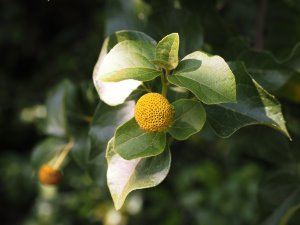
A trip to view some of our new plantings of rare things now that the grass has been cut.Buddleia loricata with orange centres to its flowers by the shop.
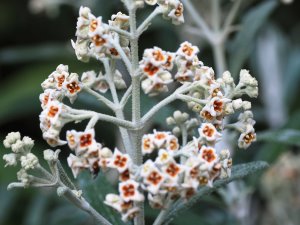
The first clump of Centaurea nigra (common knapweed) in flower on the bank.
Pale (with a red flash) and the more common pink form of Dierama pulcherimum.
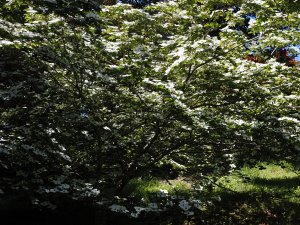
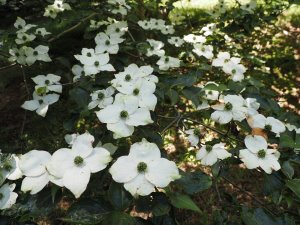
2020 – CHW
Off to the greenhouses to see what is new.
Cotoneaster franchettii with berries forming already. Self-sown or bird carried seedlings.
I then set off up Hovel Cart Road to hunt down the stock plant of a peculiar form of Osmanthus heterophyllus which Asia has propagated and is querying the name of as ‘Goshiki’ which has to be incorrect as this variety has variable mottled yellow leaves.
Along the way I discover two large Callicarpa species which I never knew were even there and both, in maturity, were in flower. Only one is on a 2006 planting plan, a Callicarpa cathayana which is not listed in Hillier’s or New Trees. The other is pre 1996.The first may well be Callicarpa dichotoma which has a compact habit as here and deep lilac pink flowers when they open. Bean seems to agree but says this species is tender. It is well protected here. Anyway I may stand corrected.
2019 – CHW
The hydrangeas and Harrow Hybrid rhodos look spectacular on the drive.
2018 – CHW
Rubus phoenicolasius with its edible orange raspberries (the wine berry) for the first time. The pheasant poults ate them all last year before I had a chance to taste one. Well recommended to add to the cornflakes as we always used to add the Korean raspberries as children (Rubus tricolor).
2017 – CHW At Burncoose today.
Cyclamen hederifolium out in the nursery already.
Trip to Burncoose to photograph more new plants for the 2017 catalogue:Hydrangea ‘Magical Amethyst’ – as its name implies
Now off to dreaded Seaview on the Isle of Wight armed with a boot full of files to work through the next fortnight. Pray for rain and not a heatwave?
2015 – CHW
I have never really understood the origin of the very late flowering Harrow Hybrid rhododendrons. This is the best of several clumps and has layered easily on the drive. I can trace references to Mr Harrow in JCW’s notes in 1910 but nothing more specific. It must be a Rhododendron auriculatum crossed with a red to flower this late.
Also on the drive are two trees with attractive new growth. Quercus phellos has variable leaves with some irregular white spotting on older leaves. No sign of any acorns. Beside it is Tilia mongolica (bought from Duchy Nurseries at the end of a Royal Cornwall Show 15 or so years ago) with its unlime shaped leaves and pronounced reddish new growth. Not a huge tree by the look of it and we need to remove the two leylandii which are crowding it at present.
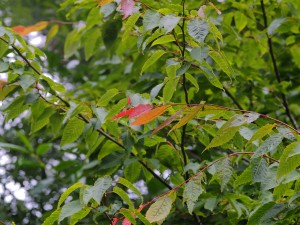
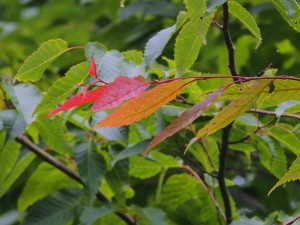
1933 – JCW
Ivey’s Escallonia is of the very best.
Ivey’s Escallonia is very good indeed. Some good Griersonianum hybrids to move near the Hovel after clearing all of the cotoneasters out.
1932 – JCW
Ivey’s Escallonia is nearly open, some fair Griersonianum, some useful Eriogynum. Big Mag parviflora is V.G. Romneya is good. Jasmine pillar V.G indeed. Fuchsia are starting to show a bit. Ungernii x auriculatum is opening.
1930 – JCW
Ivey’s Escallonia is the best thing today. Auriculatum, Decorums are good, some good Eriogynum. Fair R ungernii.
1926 – JCW
A few nice hybrid gladiolus. David Ivey Escallonia is very good. Decorum x Auriculatum good, one Auriculatum open. Plagianthus over, not much else except the Romneya and remains of Rambler Rose.
1924 – JCW
The Plagianthus are our best thing. The Auriculatum x Decorum very good but there is not much else but the American Pillars and the viola. This is the best growing year for rhodo’s that I have known.
1917 – JCW
Plagianthus lyalii is the best thing in flower. Wilson’s Fortunei hold on in the shade, and Auriculatum is moving and in two cases, open. The rambler roses are good all through the country, perhaps American Pillar is the best.
1916 – JCW
Rhodo ungernii – maximum, Wilson’s Fortunei, Keysii and a Viscosum all open. Primula lettonicera and Plagianthus lyalii are the two best things.
1915 – JCW
The Hypericum in the Cutting is very good indeed.




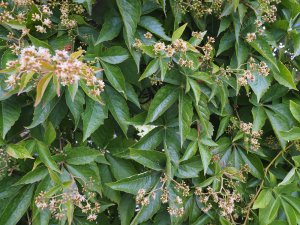
![Vitis [?] is flowering away profusely](https://thediary.caerhays.co.uk/wp-content/uploads/2025/07/G_21_Jul_AS_usual_the_vitis_01.jpg)
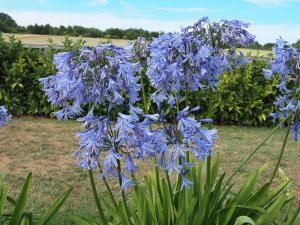
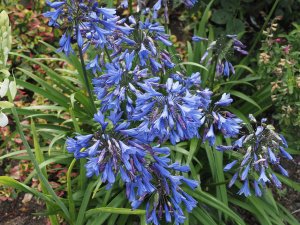
![Vitis [?] and Trachelospermum jasminoides](https://thediary.caerhays.co.uk/wp-content/uploads/2025/07/G_21_Jul_VITIS_and_trachelospermum_jasminoides_01.jpg)
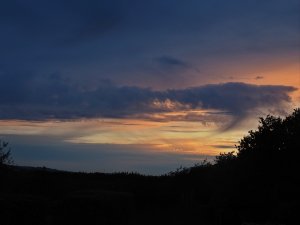
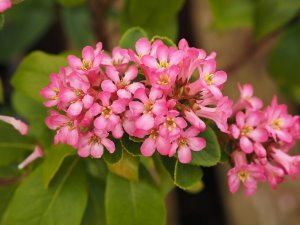
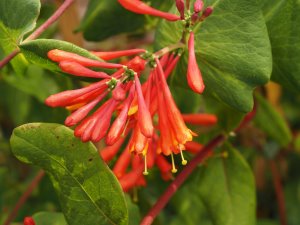
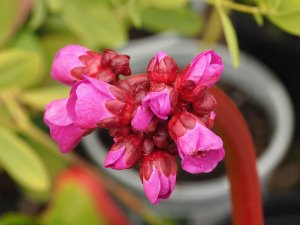
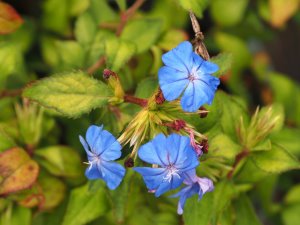
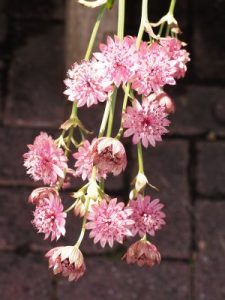
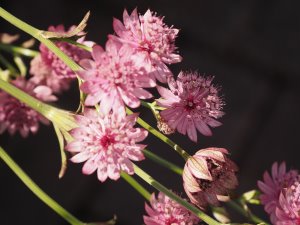
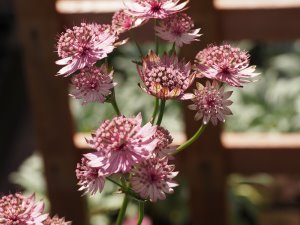
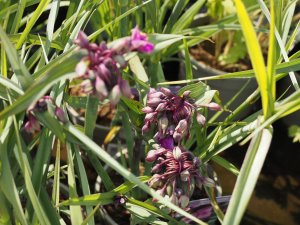
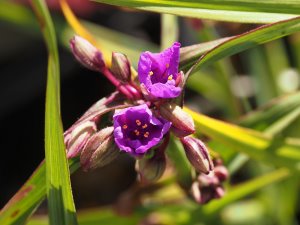
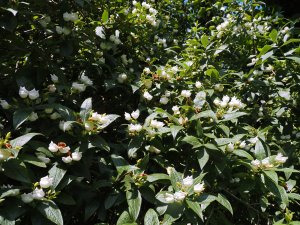
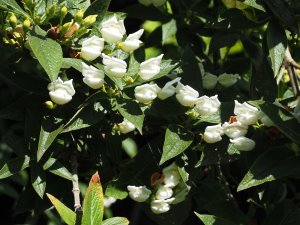
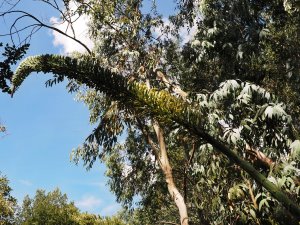
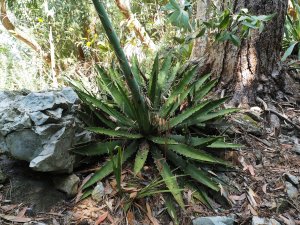
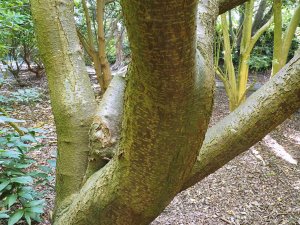
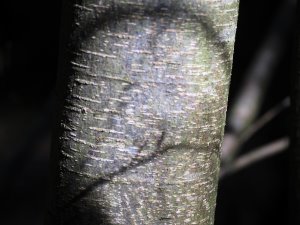
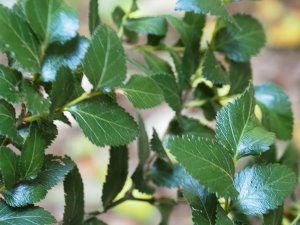
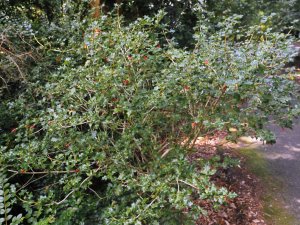
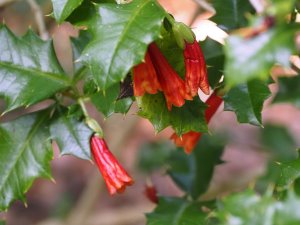
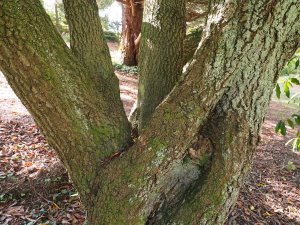
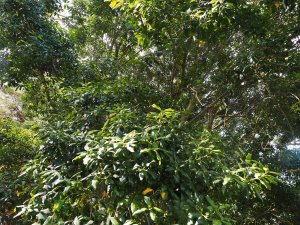
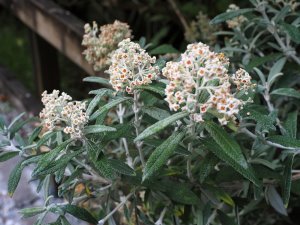
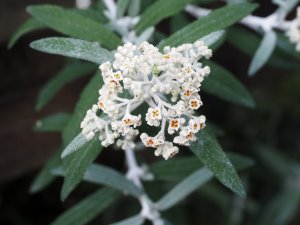
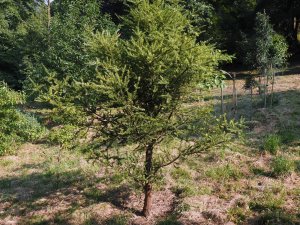
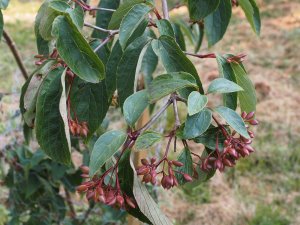
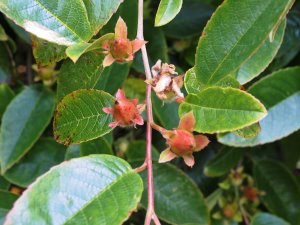
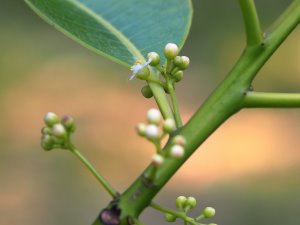
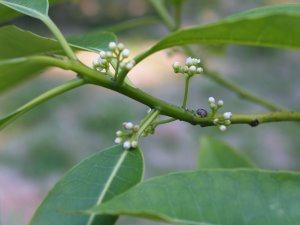
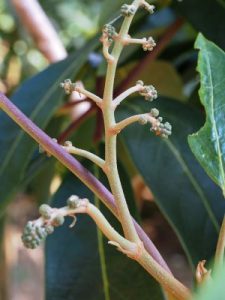
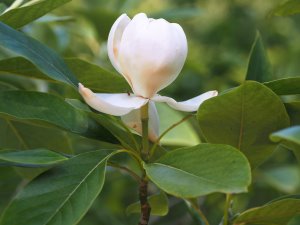
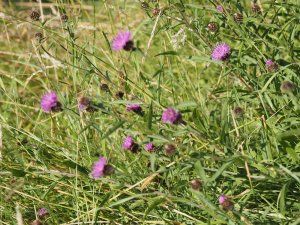
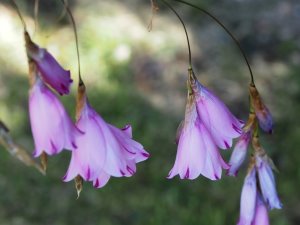
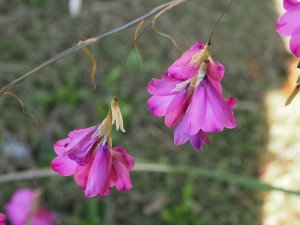
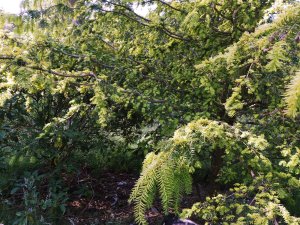
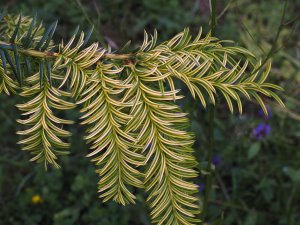
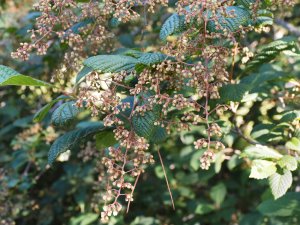
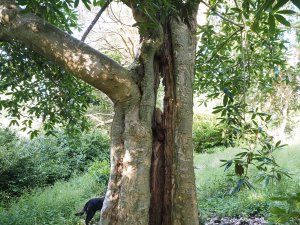
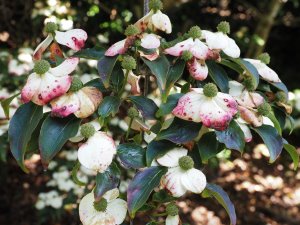
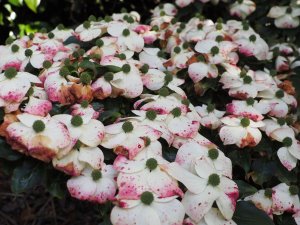
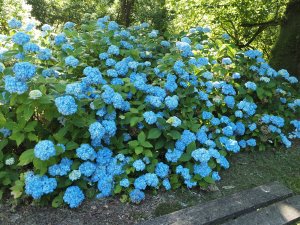
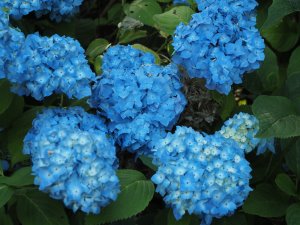
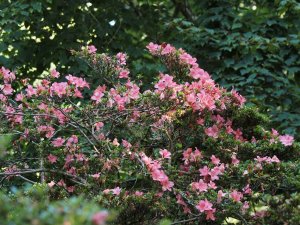
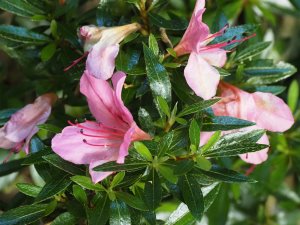
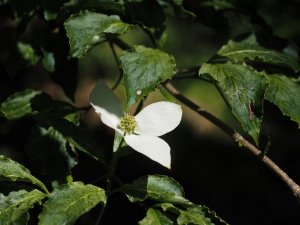
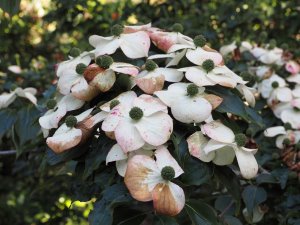
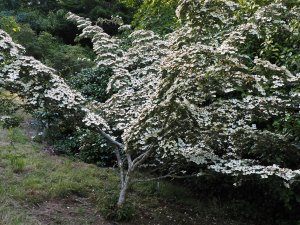
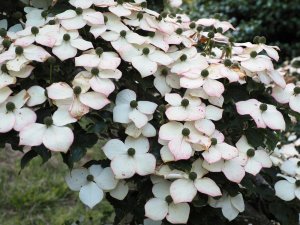
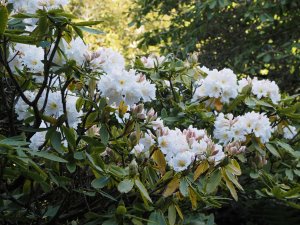
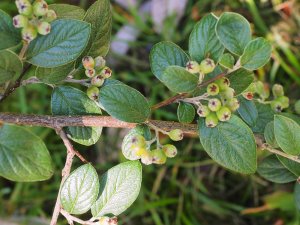
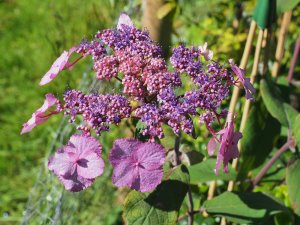
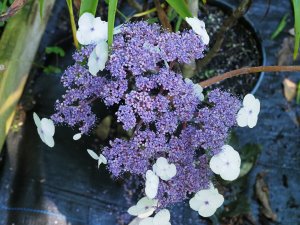
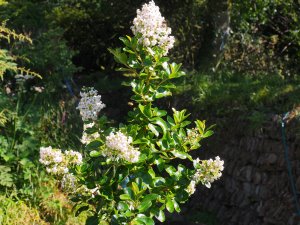
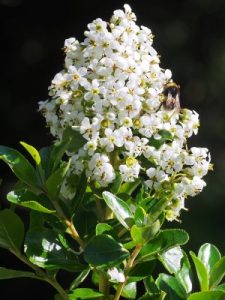
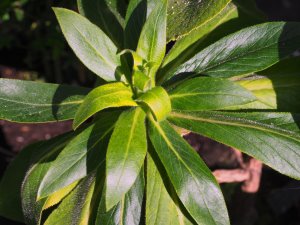
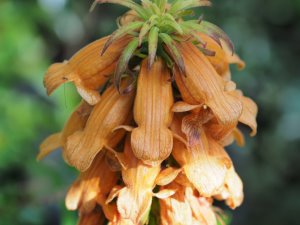

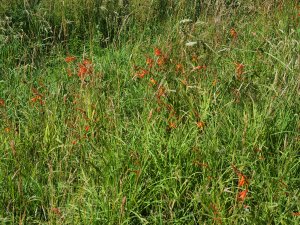
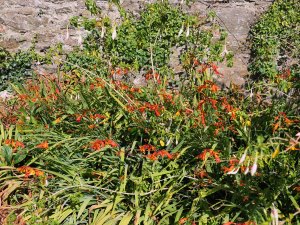
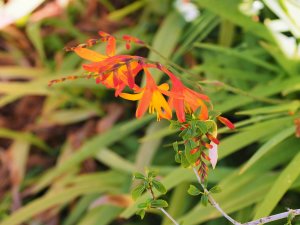
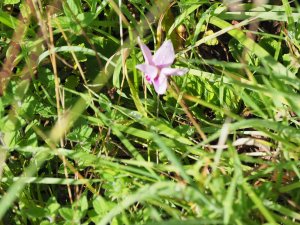
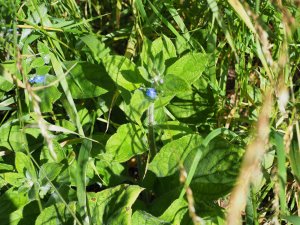
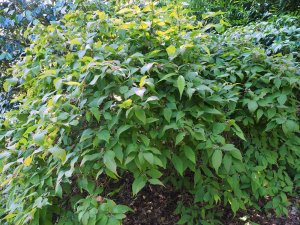
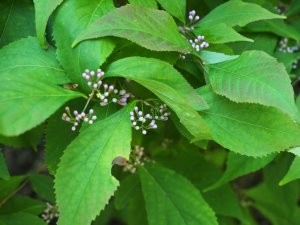
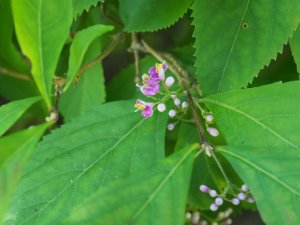
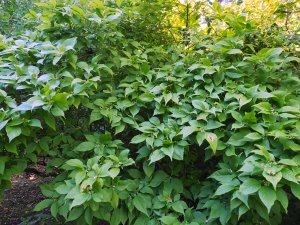
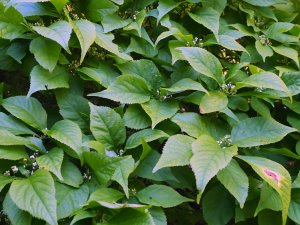
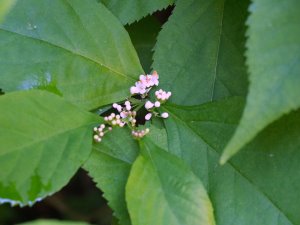
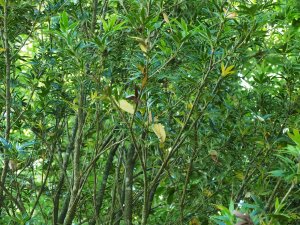
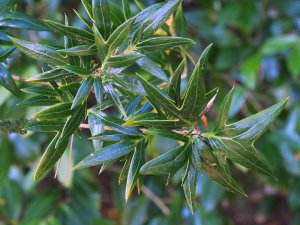
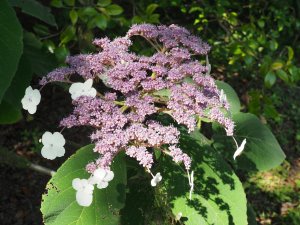
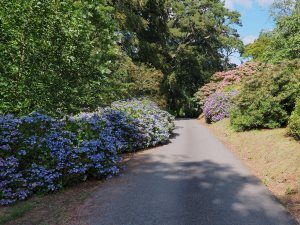
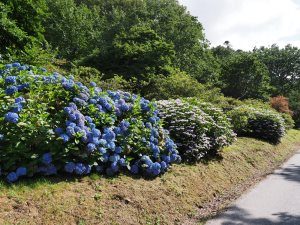
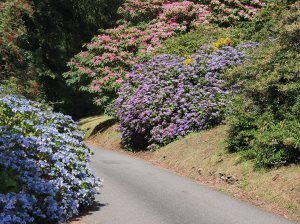
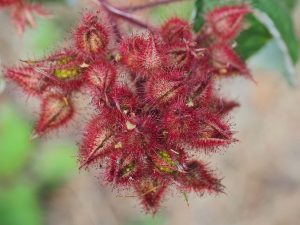
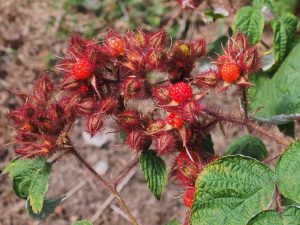
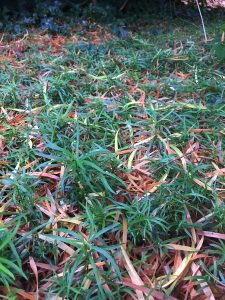
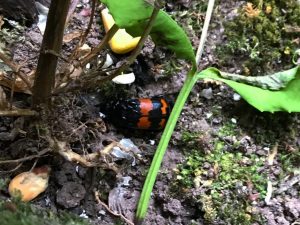
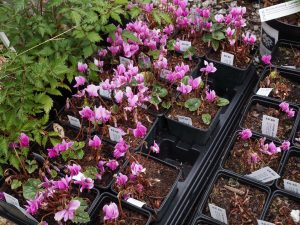
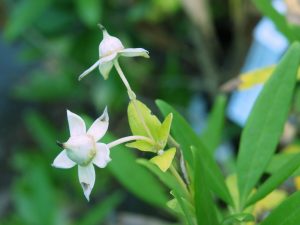
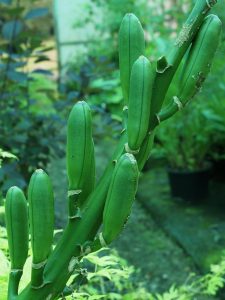
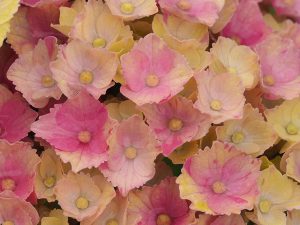
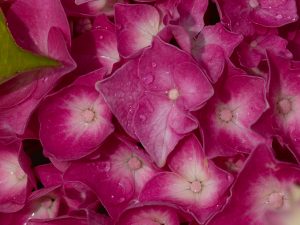
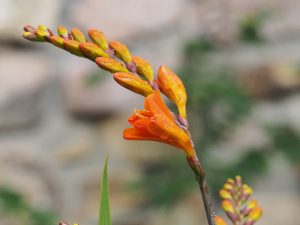
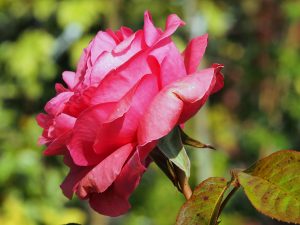
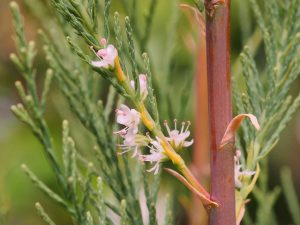
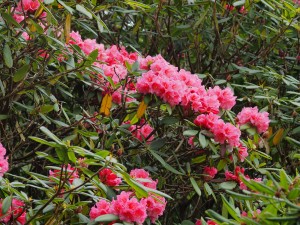
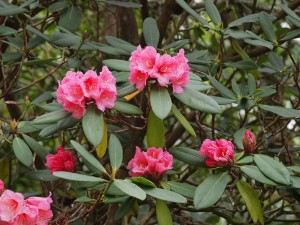
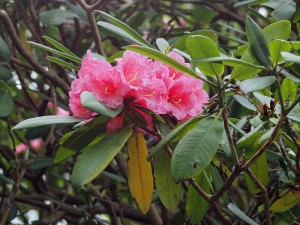
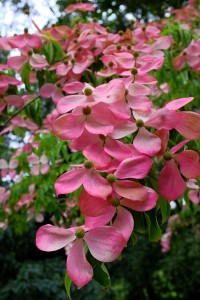
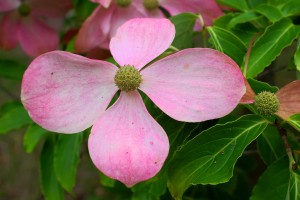
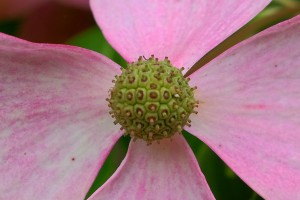
’22 Your Prumnopitys andina looks more like Torreya, as the bark is not grey and smooth and the needles are more green than the grey-green leaves of Chilean plum-yew.
’18 Podocarpus salignus should be planted much more, also as a hedging plant as it responds well to shearing.
Both species are good for hedges and hardy.